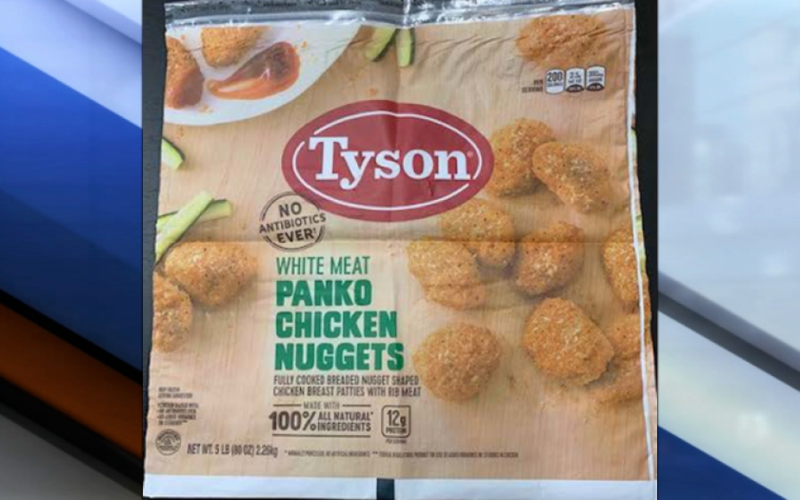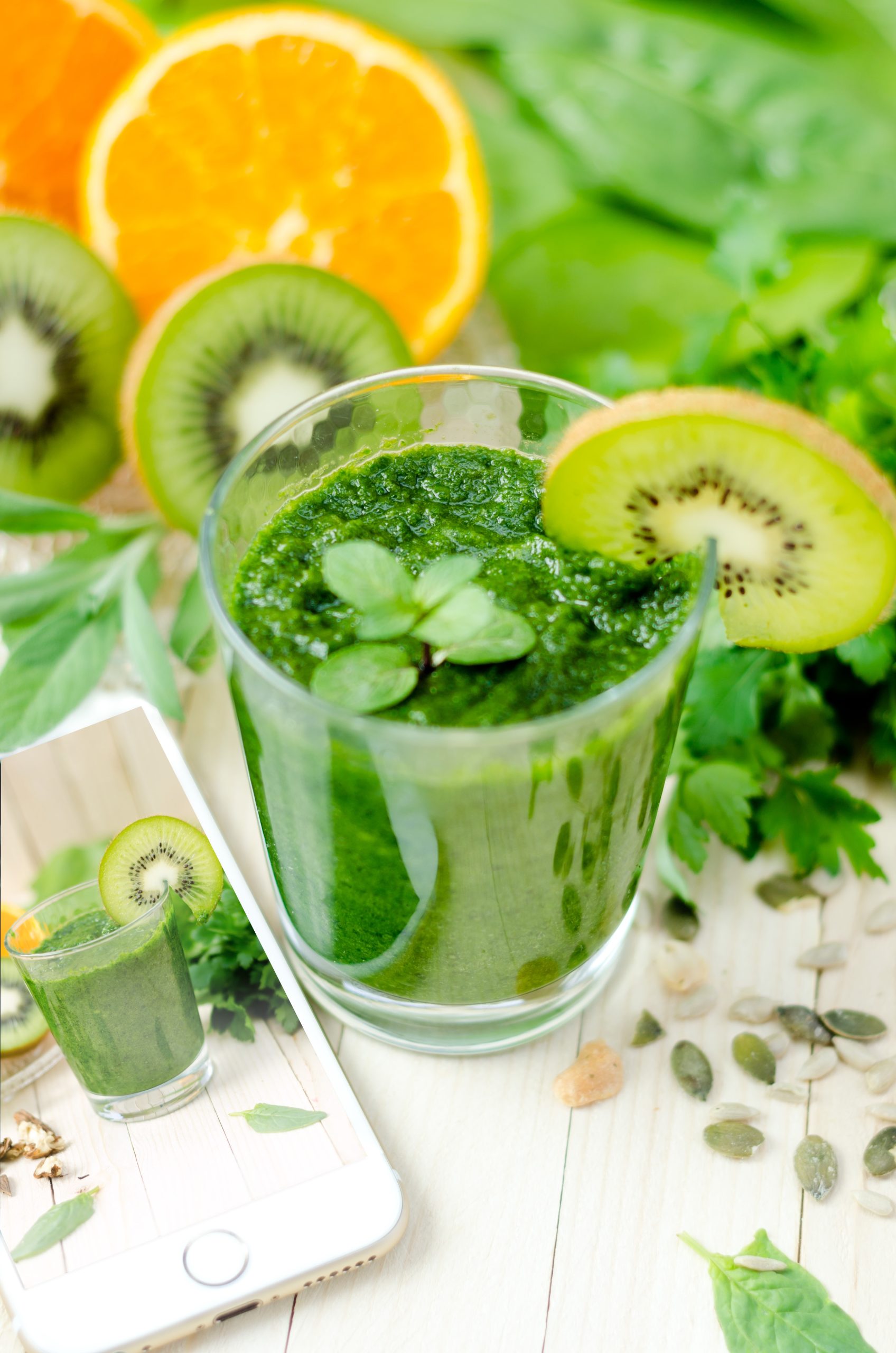Introduction
Tyson Foods, one of America’s largest poultry and meat producers, recently announced it will remove the “No Antibiotics Ever” label from a range of its chicken products. This shift marks a major change in the company’s antibiotic policy, which it first introduced in 2015 and fully implemented by 2017. While the label had appealed to consumers seeking antibiotic-free meat, Tyson now says the change is driven by animal health needs and evolving science around antibiotic use in livestock. The decision has stirred debate among shoppers, competitors, and public‐health experts, raising questions about transparency, food safety, and the future of antibiotic stewardship in agriculture.
The Rise of “No Antibiotics Ever”
In 2015, amid growing consumer concern over antibiotic resistance, Tyson Foods pledged to eliminate the use of medically important antibiotics in its chicken supply chain. By 2017, Tyson-branded products—breasts, nuggets, and wings—carried the “No Antibiotics Ever” label on fresh and frozen items. This commitment paralleled moves by other poultry companies and fast-food chains, and it helped reduce the use of antibiotics critical to human medicine in U.S. poultry production.
The strategy addressed two main worries: first, that antibiotics given to healthy animals for growth promotion or disease prevention could encourage the rise of resistant bacteria; second, that consumers wanted meat free of drug residues. Tyson invested in probiotics, improved biosecurity, and stricter farm practices to meet its antibiotic-free goal.
Why Tyson Reversed Course
After several years of maintaining an antibiotic-free supply, Tyson Foods announced it would let the “No Antibiotics Ever” label lapse on many of its products by the end of 2023. Instead, the company will adopt a “No Antibiotics Important to Human Medicine” label, clarifying that it may use certain drugs—specifically ionophores—to prevent poultry diseases.
Animal Health Needs
Tyson cites rising disease pressures, particularly from coccidiosis, a parasitic infection common in crowded flocks. Coccidiosis can cause severe diarrhea and weight loss, harming bird welfare and farm economics. The company’s research found no suitable non-antibiotic substitute for ionophores, which are classified by both the World Health Organization and the FDA as not medically important for humans. By reinstating ionophore use, Tyson aims to ensure healthier flocks and reduce the risk of bird suffering.
Scientific and Regulatory Backing
Tyson emphasizes that ionophores have a long safety record in poultry and are not linked to antibiotic resistance in humans. They belong to a class of drugs used exclusively in animals, helping manage intestinal parasites without affecting human treatments. The new labeling better aligns with regulatory standards and avoids misleading claims, since tracking every bird’s medication history for “No Antibiotics Ever” compliance proved complex and costly.
Consumer and Competitor Reactions
Consumer Sentiment
The shift surprised many shoppers who had chosen Tyson’s antibiotic-free products as a healthier or more natural option. Social media lit up with questions: Does this change mean chicken is less safe? Are we returning to routine antibiotic use? Tyson has sought to reassure consumers through press releases and website updates, stressing that its products remain free of medically important antibiotics.
The Competition Stance
Rival Perdue Farms reaffirmed its commitment to keeping “No Antibiotics Ever” across all its chicken lines. Pilgrim’s Pride, another major producer, also uses ionophores but emphasizes transparency in its labeling. Perdue’s CEO noted that maintaining antibiotic-free operations is a selling point and a competitive advantage, especially among health-conscious buyers. These rival stances highlight a split in the industry: some companies stick to the antibiotic-free pledge, while others opt for pragmatic animal‐health solutions.
Labeling: “No Antibiotics Important to Human Medicine”
The new label—No Antibiotics Important to Human Medicine (NAIHM)—appears alongside USDA- and WHO-approved language. It signals that Tyson may use certain antibiotics deemed unimportant for human therapies but avoids terms that could confuse buyers.
What Consumers Need to Know
- Antibiotic-Free vs. NAIHM: Products without the “No Antibiotics Ever” label still guarantee no use of human‐critical antibiotics.
- Ionophores Only: The only allowed antibiotics are ionophores, used solely to control parasites.
- Safety Oversight: All poultry medicines require veterinary oversight and withdrawal periods before processing.
Educating shoppers on these points will be vital to maintaining trust and avoiding backlash over perceived deception.
Public Health Perspective
Public‐health experts remain divided. Some applaud the clear distinction between drugs crucial for human health and those used only in animals, arguing it balances animal welfare with antibiotic stewardship. Others caution that any antibiotic use in livestock carries a risk of resistance emergence and call for tighter monitoring and research.
Antibiotic Resistance Concerns
The Centers for Disease Control and Prevention tracks antibiotic‐resistant infections and urges reduced antibiotic use in agriculture. While ionophores are not used in human medicine, critics say research on their impact remains limited. Ongoing surveillance and studies will be essential to ensure that the shift does not undermine resistance control efforts.
Impact on Tyson’s Supply Chain and Costs
Dropping the “No Antibiotics Ever” standard simplifies Tyson’s supply chain by reducing the need for segregation of flocks, extensive record-keeping, and constant testing for antibiotic residue. Farms no longer need separate lines for antibiotic-free birds, cutting logistical complexity and waste.
However, Tyson still invests heavily in farm biosecurity, improved nutrition, and vaccination programs—costs that may rise further to prevent disease outbreaks. Whether these savings offset the new investments will influence Tyson’s pricing strategies and profit margins.
Industry Trends and Future Outlook
Tyson’s decision reflects a broader industry trend toward nuanced antibiotic policies rather than absolute prohibitions. We may see more companies adopting NAIHM-style labeling, distinguishing between medically important drugs and those used only in animals.
Consumer Education Efforts
Clear, consistent definitions will be crucial. Industry groups, retailers, and public‐health bodies may collaborate on educational campaigns to explain antibiotic classifications and labeling standards, helping consumers make informed choices.
Regulatory Evolution
The USDA and FDA could update labeling regulations to standardize antibiotic claims, reducing confusion and ensuring transparency across brands. New guidelines may require companies to disclose specific antibiotic classes used, not just broad “important” versus “unimportant” distinctions.
Conclusion
Tyson Foods’ removal of the “No Antibiotics Ever” label marks a significant shift in the poultry industry’s approach to antibiotic use. Driven by the need to protect animal health and manage disease pressures, the company will replace it with a more precise “No Antibiotics Important to Human Medicine” label. While this change eases supply‐chain burdens and reflects scientific consensus on ionophores, it has sparked debate among consumers, competitors, and health experts. Transparent communication and robust oversight will be key to maintaining consumer trust and ensuring this new policy supports both animal welfare and antibiotic stewardship. As labels evolve and regulations catch up, shoppers will need clear guidance to choose products that align with their values and health concerns. In this dynamic landscape, Tyson’s move could set a precedent for how large food producers balance farm practices, cost efficiencies, and public‐health responsibilities.








